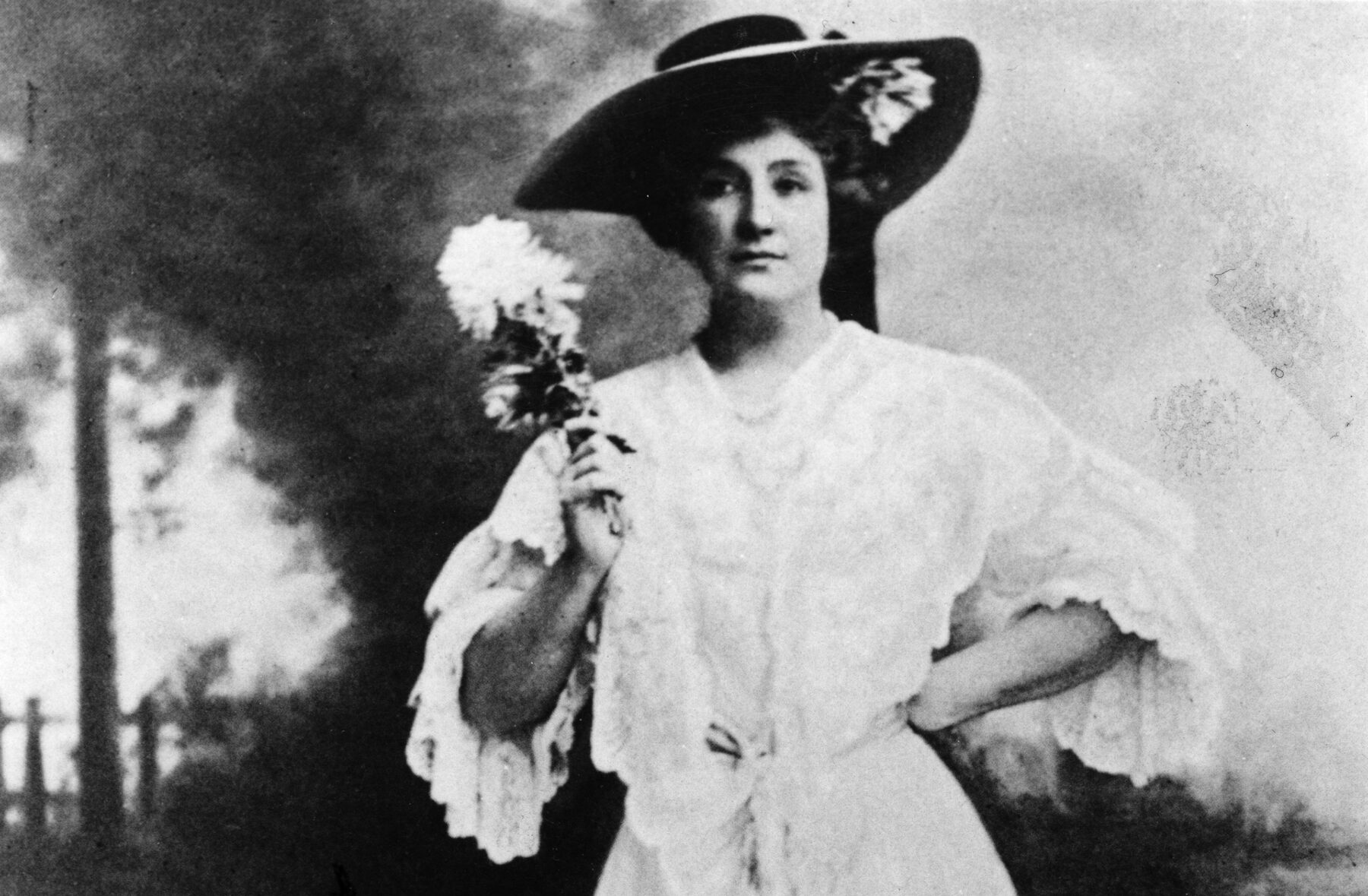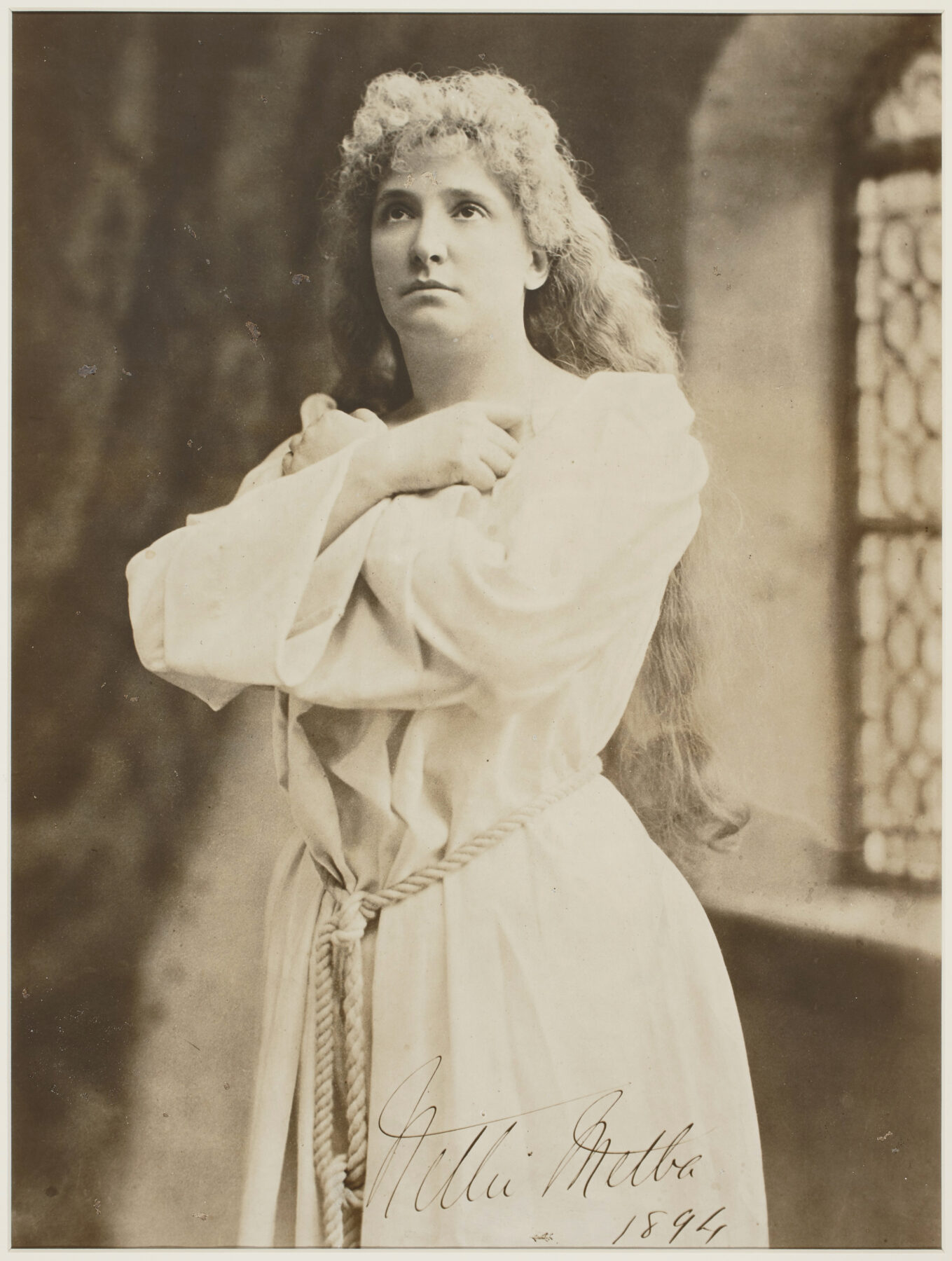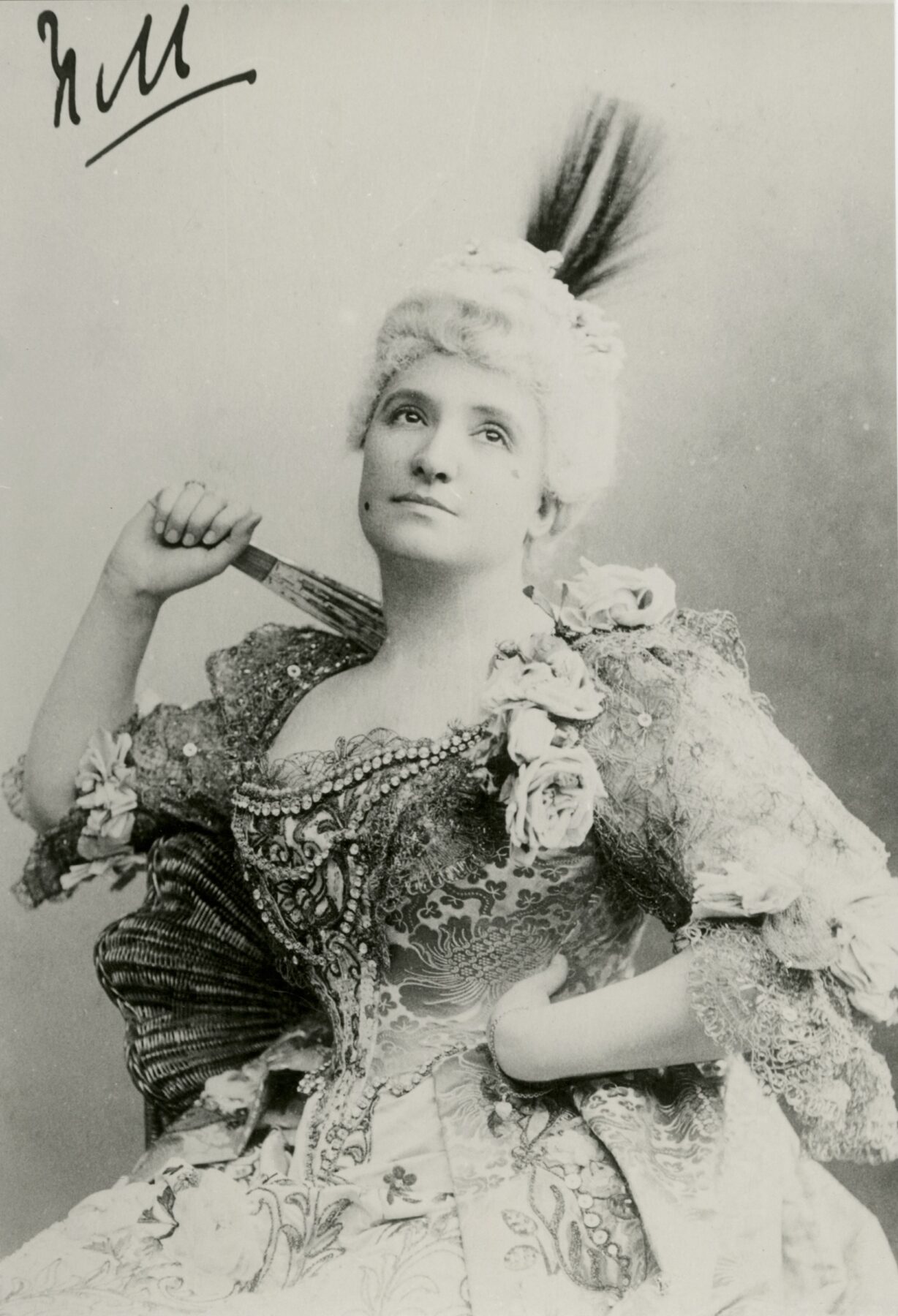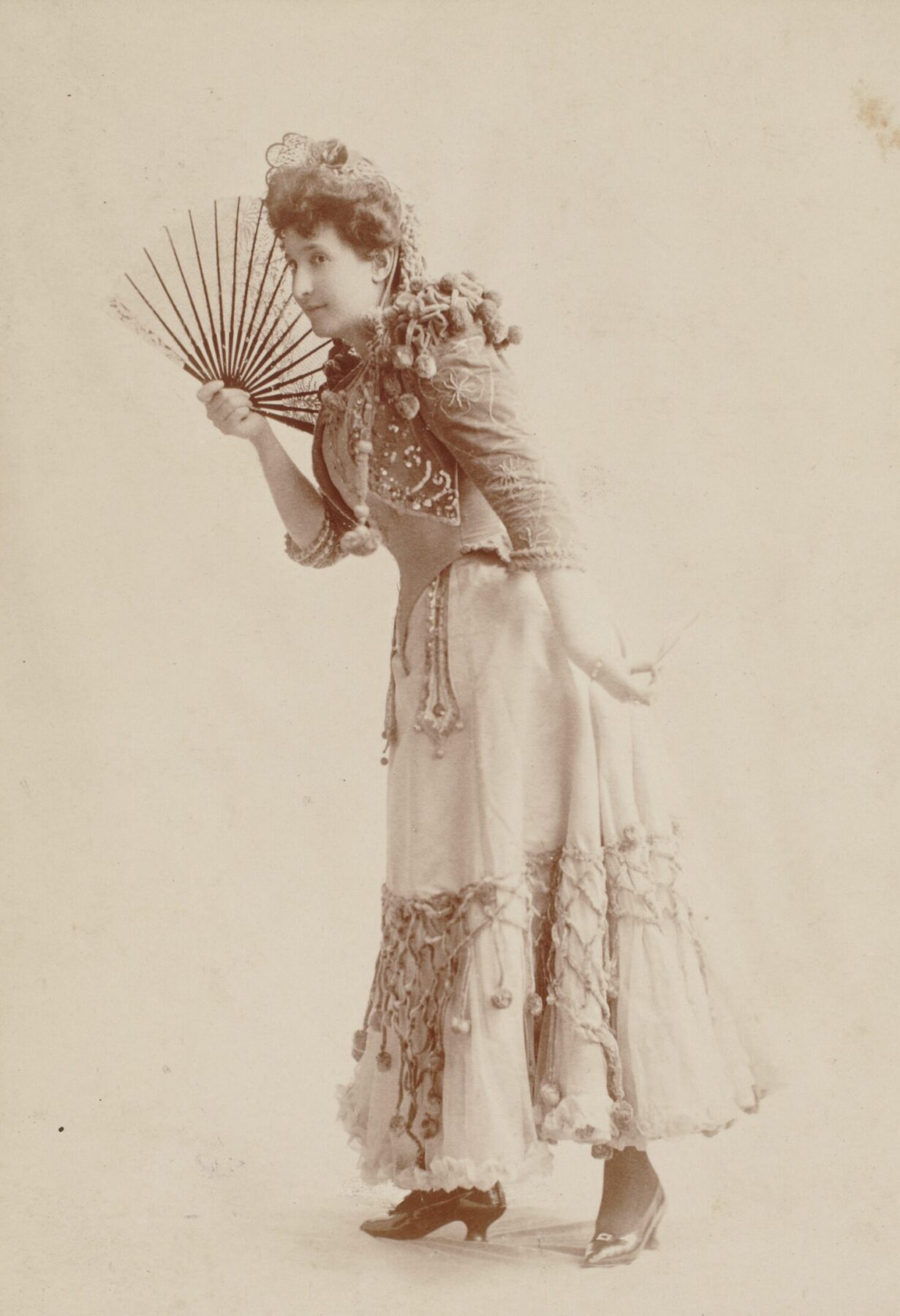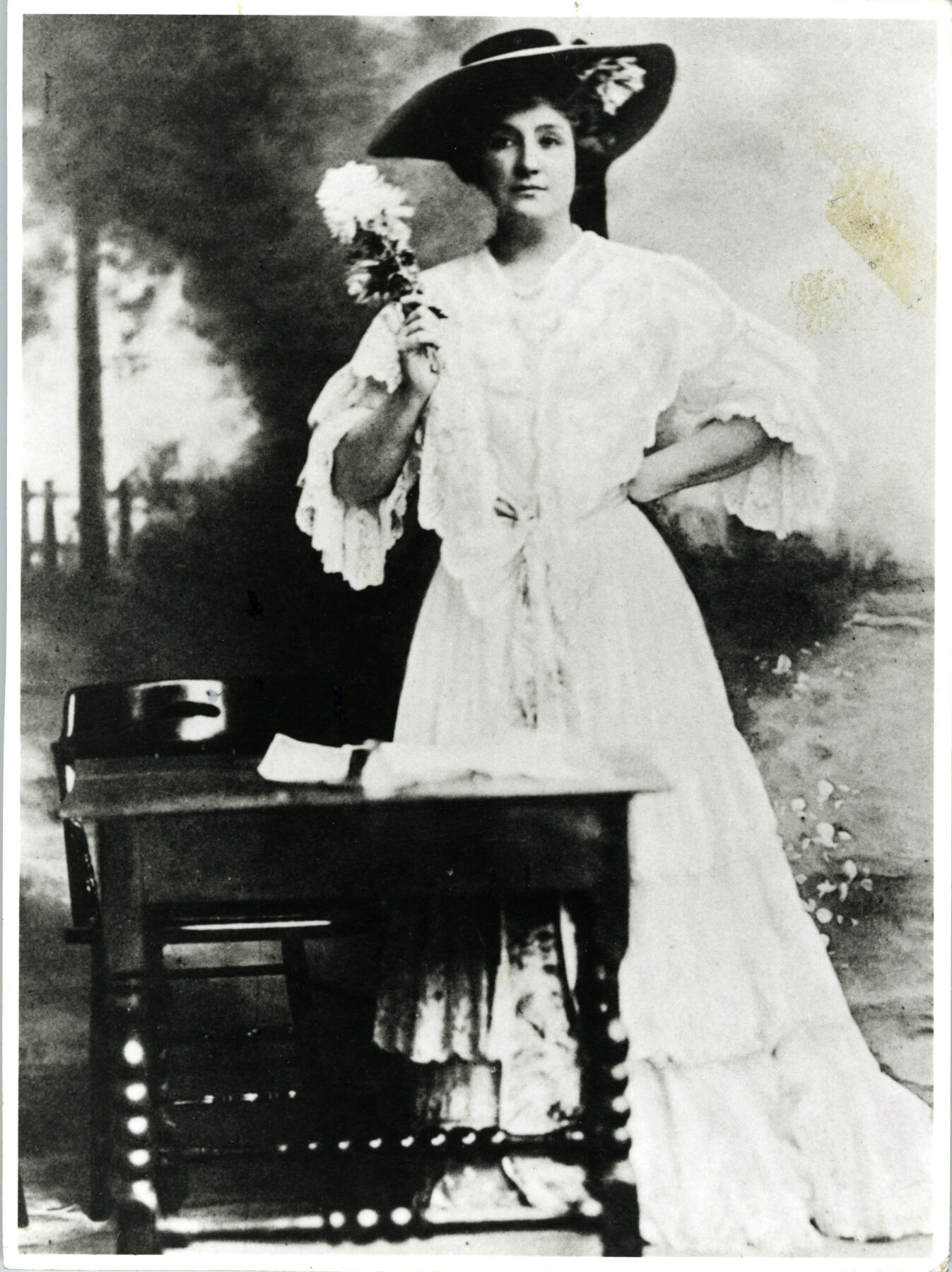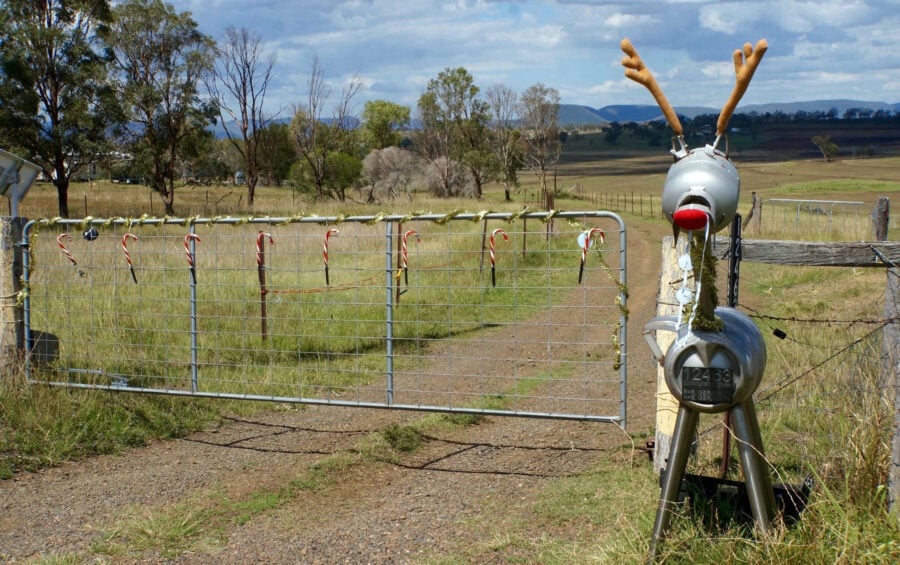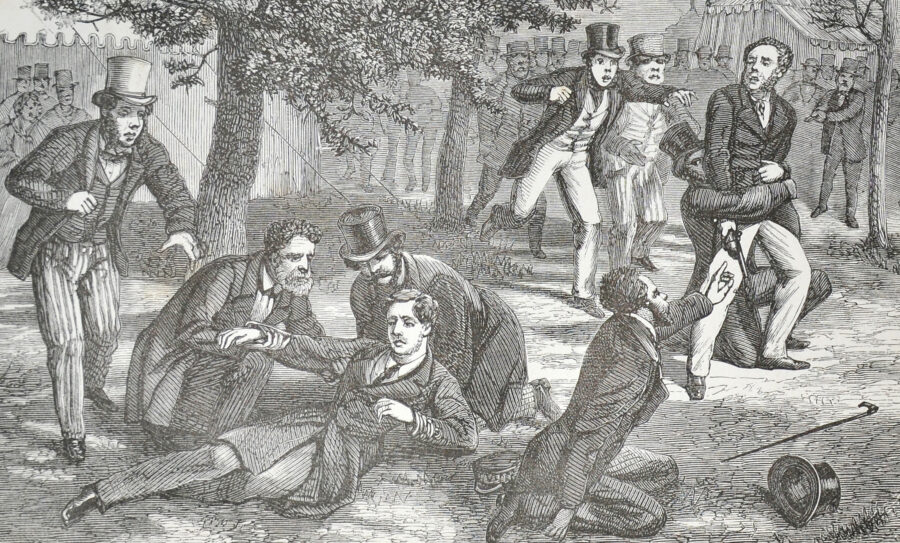She was the Taylor Swift of her time, a global singing sensation whose international fame saw her form friendships with royalty and the rich and famous. Nellie Melba’s concerts drew thousands, with people lining the streets overnight to secure tickets. Before Beatlemania, there was Melbamania.
When she died in 1931, flags flew at half-mast across Melbourne, the city from which she took her name. National grief for Australia’s most famous daughter saw tens of thousands of people line the streets to watch her funeral cortege. A horse-drawn gun carriage carried her casket to Lilydale Cemetery. It was shades of Princess Diana.
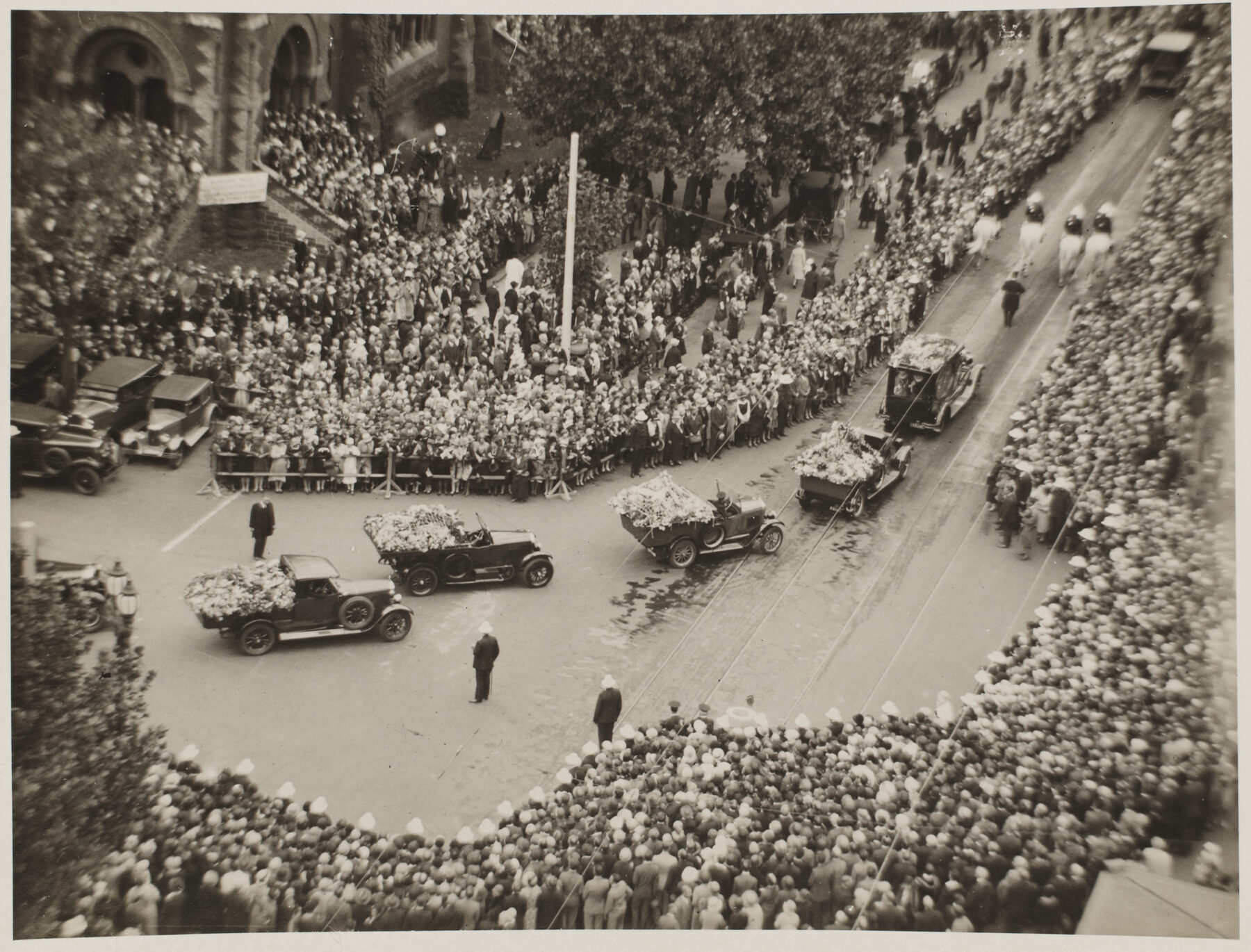
But a century after the height of her operatic career, Nellie Melba’s name is virtually unknown to young people. Now, a new exhibition celebrating her life is hoping to change that. Running until 29 June, A Toast to Melba at Yarra Ranges Regional Museum in Lilydale, Victoria showcases some rarely seen objects, photographs, artwork and personal treasures that help tell the story of this remarkable woman.
“Melba looms large in this area,” says exhibition curator Madeline Reece. “What we hope to do is bring her back into the conversation by presenting her as someone younger audiences can relate to. The music may not sway them, but Melba the woman will interest them.”
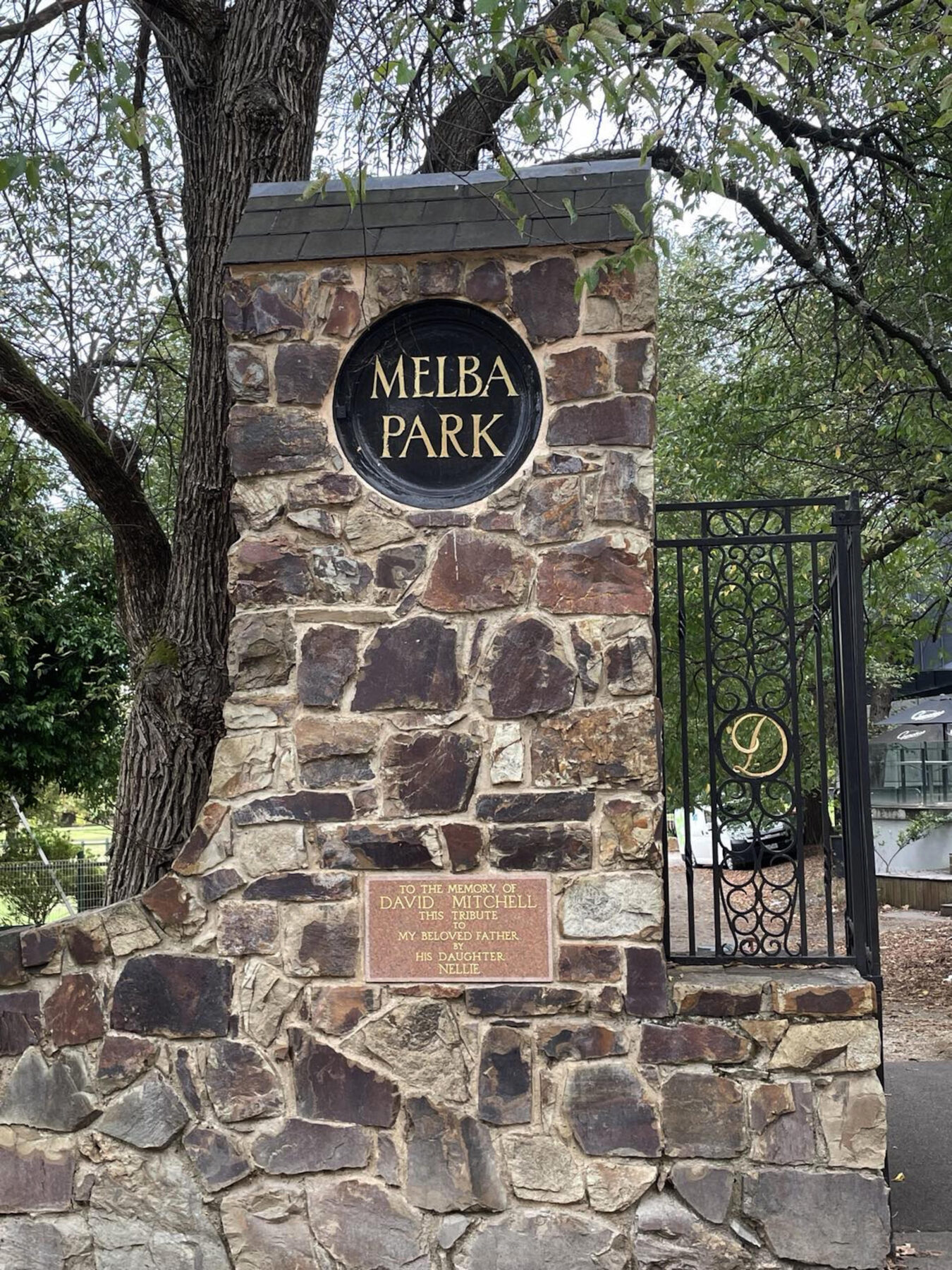
in Lilydale, VIC. Image credit: Lee Mylne
“What many people don’t realise is that Melba was a feminist, a businesswoman and, in many ways, the first ‘influencer’. She knew the value of her name as a brand – everything has her initials and signature on it.”
Born Helen Porter Mitchell in 1861 to a musical family, Nellie first took to the stage when she was six years old and later studied singing in Melbourne.
After the death of her mother, Nellie travelled with her father to Queensland where she met and married Charles Armstrong. Within a year, they had a son, George, but the marriage was not a success; Nellie soon left him.
She later studied in Paris, her pure voice – with a range of three octaves – impressing the renowned vocal teacher Mathilde Marchesi who declared, “I have found a star!”
Taking a stage name that forever linked her to her birthplace, Nellie Melba made her operatic debut in Brussels in 1887 as Gilda in Verdi’s Rigoletto, before establishing herself as the leading lyric coloratura soprano at London’s Covent Garden in the late 1880s. Her fame quickly spread following performances throughout Europe, and in 1893 she debuted at the Metropolitan Opera in New York.
Fame and scandal
With fame came notoriety. Nellie’s private life and extravagant lifestyle became tabloid fodder. She was referred to as the ‘Queen of Song’ and draped herself in furs and glittering jewels both on and off the stage. An affair with the Duke of Orléans in the early 1890s caused a scandal. Her estranged husband threatened to file for divorce unless she allowed him to take their son to America. He then disappeared with George and did not allow him to communicate with Nellie until George was 21. Charles filed for divorce in 1900.
“She was the first Australian to become a worldwide celebrity and her life was widely reported in the newspapers,” Madeline says. “But she’d been raised to be an independent woman and she carved out a space for herself and women like her for generations to come. She was a woman who lived life on her own terms.”
Image credits: courtesy Yarra Ranges Council
A Toast to Melba includes costumes, paintings, letters, photos and keepsakes, as well as audio recordings of Nellie singing. “In 1920 Melba was the first person to sing on the wireless radio in England, and she was among the first recording artists,” Madeline says. “She understood the power of [this] new technology.”
The exhibition also displays racing silks chosen by Nellie’s son George when he registered her membership to the Victorian Racing Club in 1909. Family legend has it that George cheekily chose olive green with a mauve sash and white cap – colours synonymous with the British women’s suffrage movement that Nellie supported.
Australian home
Yarra Ranges Regional Museum, on Castella Street in Lilydale, is flanked by two other places with strong links to the Nellie Melba story.
The Lilydale Athenaeum Theatre, built in 1888, has a plush Dame Nellie Melba Room with memorabilia and photographs collected by the late founders of the Lilydale Athenaeum Theatre Company, Geoffrey Page and Russell Johnson (some of their collection was donated to the museum). Nellie performed here four times during her career, first in 1909 in a fundraising concert for local community organisations that raised £117 (the equivalent of about $20,000 today).
On the other side of the museum is Melba Park, its entrance marked by two 2.7m-high limestone pillars and gates bearing the monogram DM, a tribute to Nellie’s beloved father David Mitchell. The stone gateway and gates were erected in 1928, with Nellie and her granddaughter Pamela laying the foundation stone.
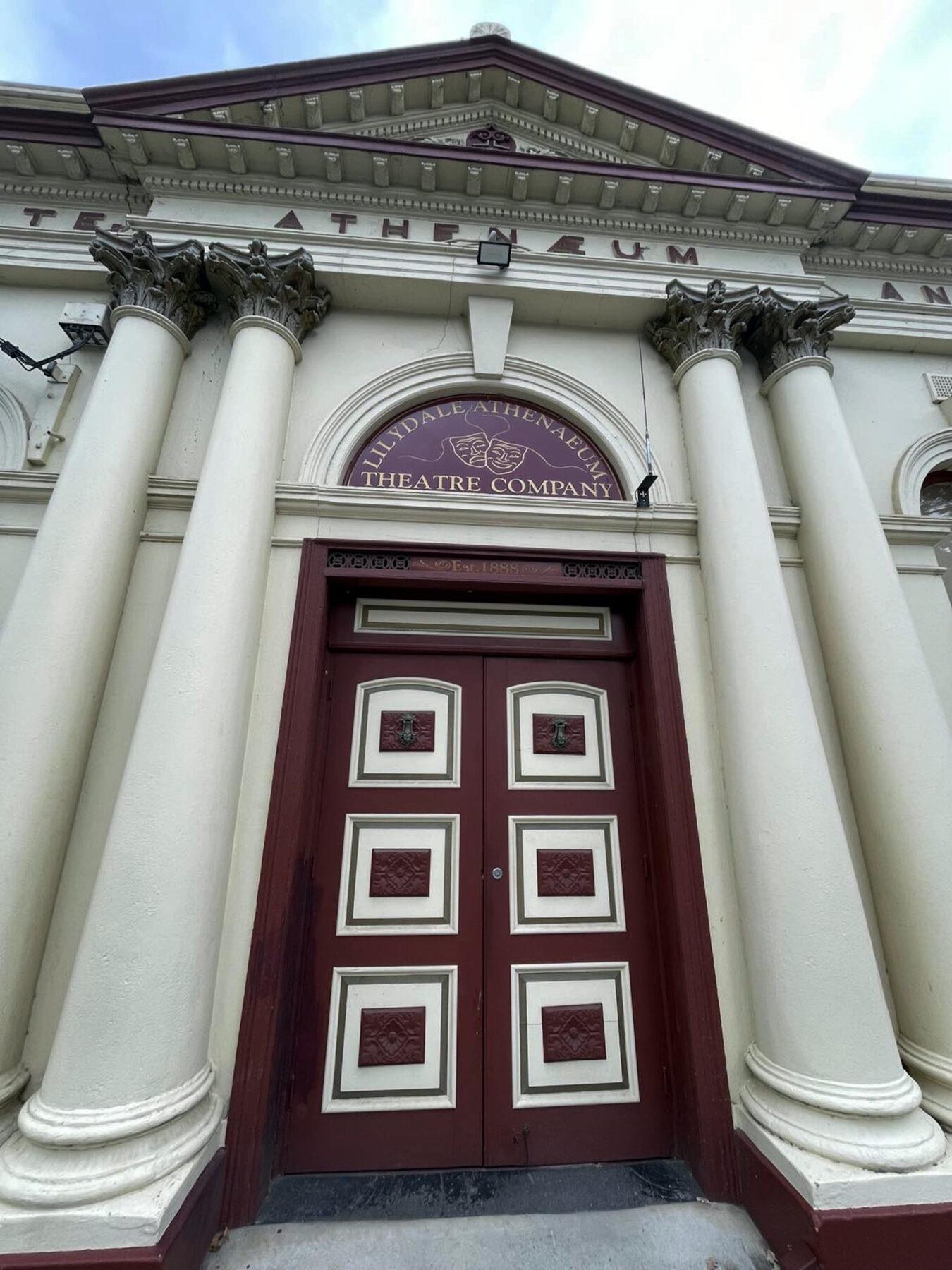
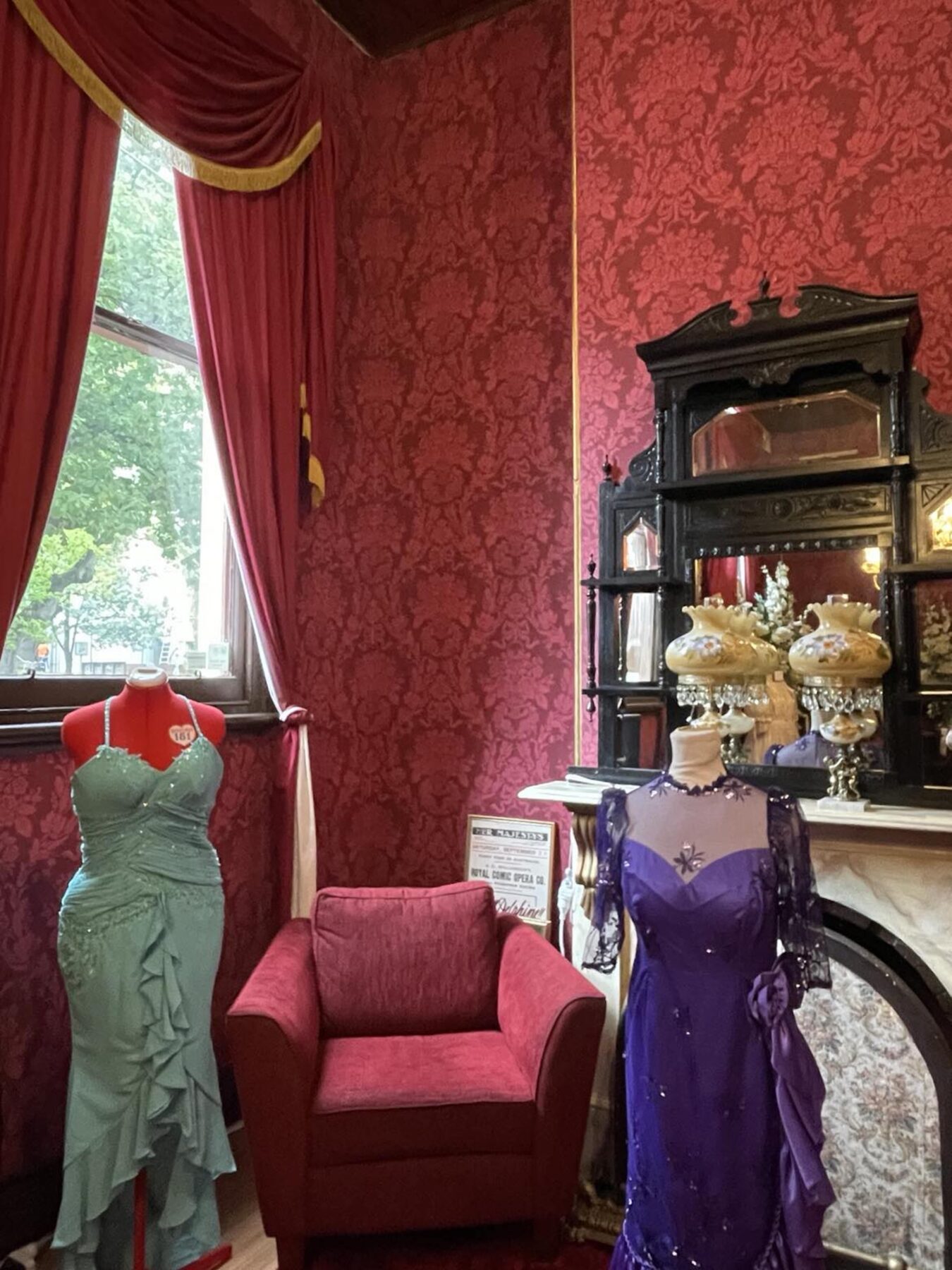
Despite his early reluctance to see his daughter on the stage, David Mitchell was a successful businessman who had instilled in her the importance of being self-sufficient and having her own money, teaching her to be an astute businesswoman.
As her career soared, Nellie still called Australia home. In 1902–03 she embarked on a concert tour across Australia and New Zealand.
I have built my Australian home, Coombe Cottage, almost within sight and sound of the same trees and vineyards in which I played as a child, under the same brilliant sunshine, facing the same sudden storms that sweep in…from the hills… If you wish to understand me at all…you must understand, first and foremost, that I am an Australian.
— Dame Nellie Melba, 1925
In 1909 she bought an old farmhouse and 60 acres at Coldstream, just outside Lilydale. The house, which she named Coombe Cottage, remains in the ownership of her descendants and is still a family home (albeit one that’s open to the public).
Guided tours of the house and its expansive garden are led by historian Courtnay Lucas. The tour begins near the former garages that housed Nellie’s cars. “Divas didn’t drive,” quips Courtnay. “But Melba had a vast collection of cars. We know they included a Pierce-Arrow, a Renault, a Cadillac, a Rolls-Royce and a Fiat.”
The driveway, with its avenue of elms, leads to the original 2.8ha of garden, dominated by a massive English oak and divided into sections including a French rose garden, English herbaceous borders, vegetable gardens and an Italian garden with Roman bath. It’s encompassed by towering cypress hedges and was designed by William Guilfoyle, the renowned architect of Melbourne’s Royal Botanic Gardens. Guests arrived from Melbourne by private train for Nellie’s lavish garden parties.
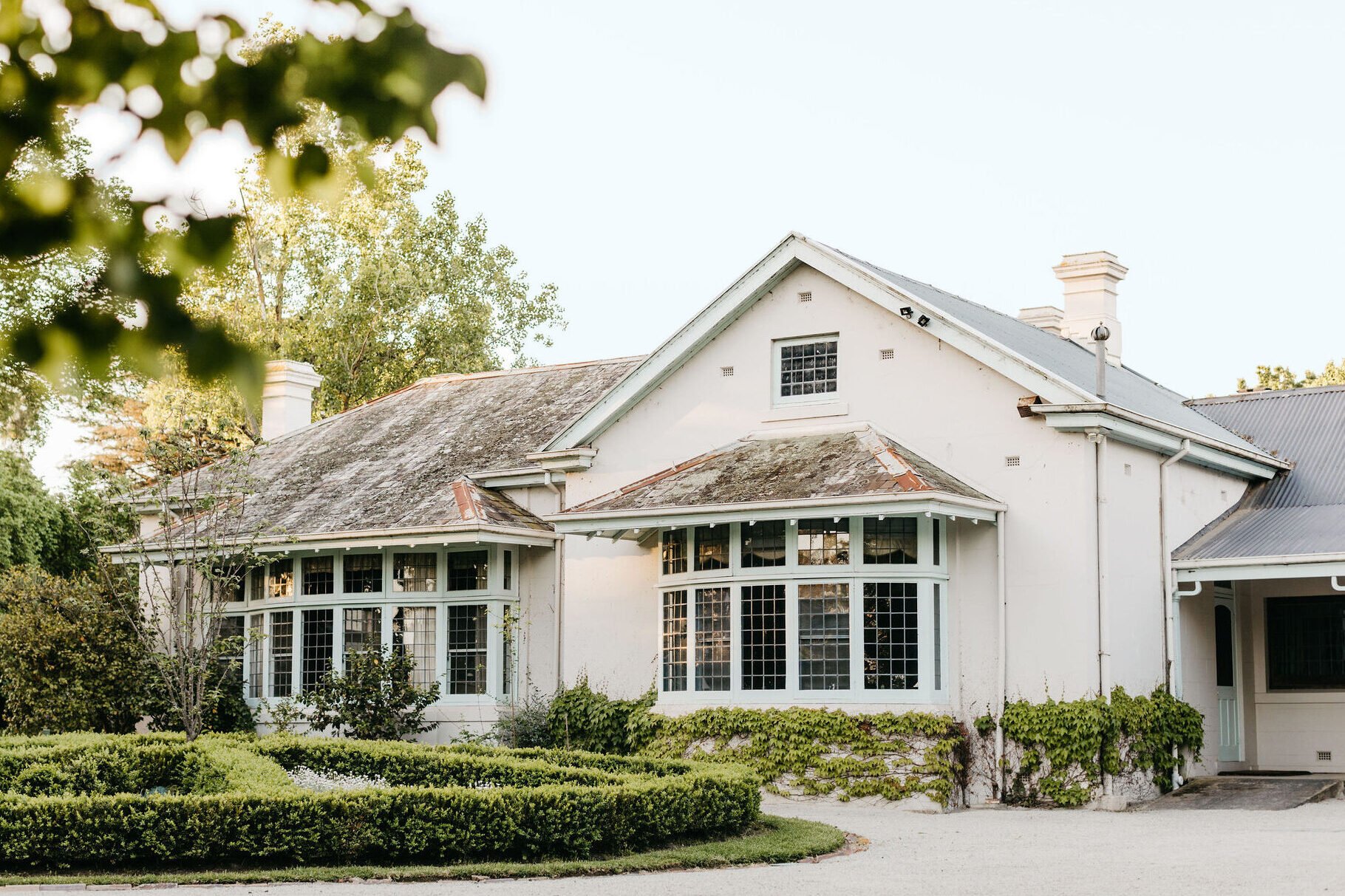
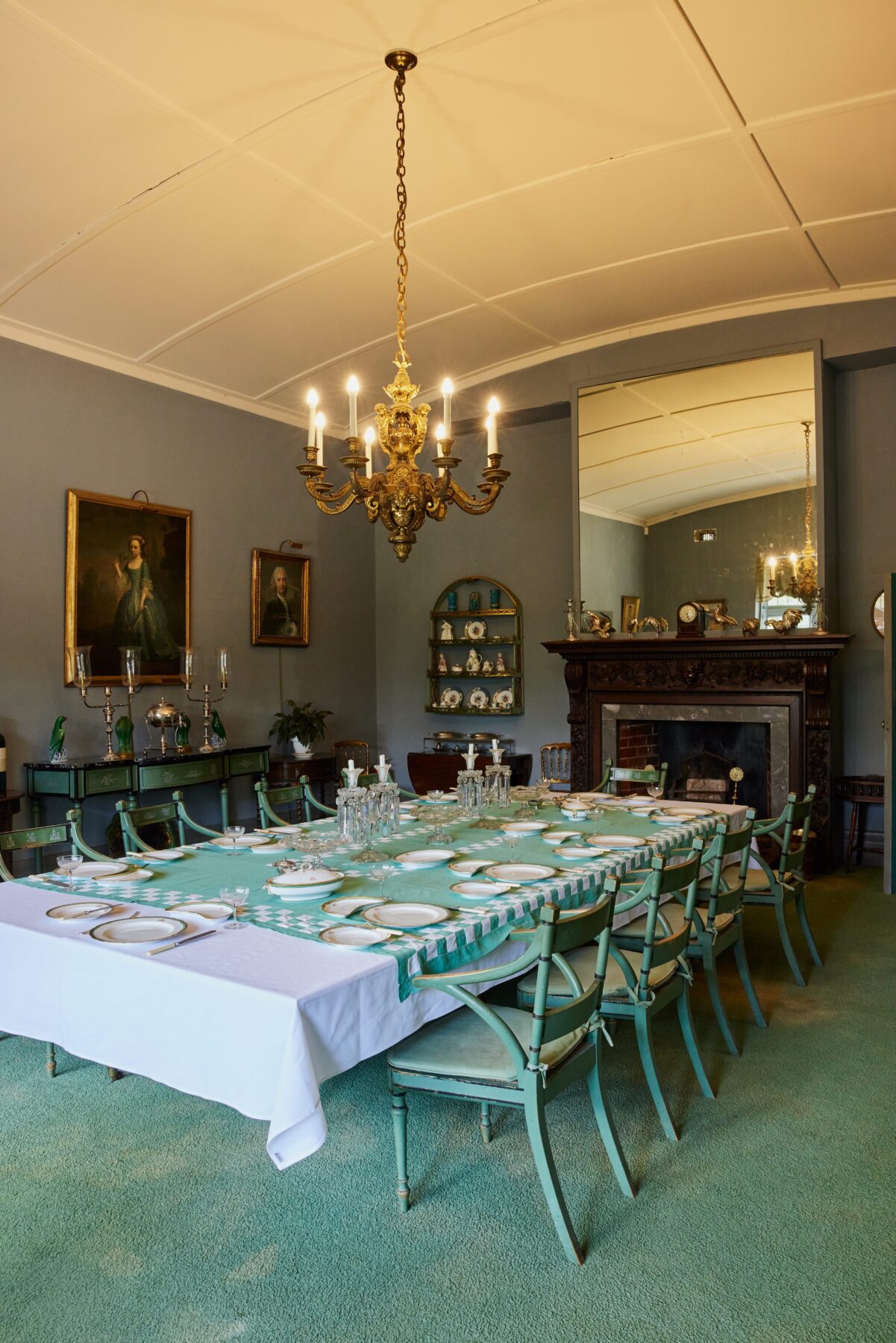
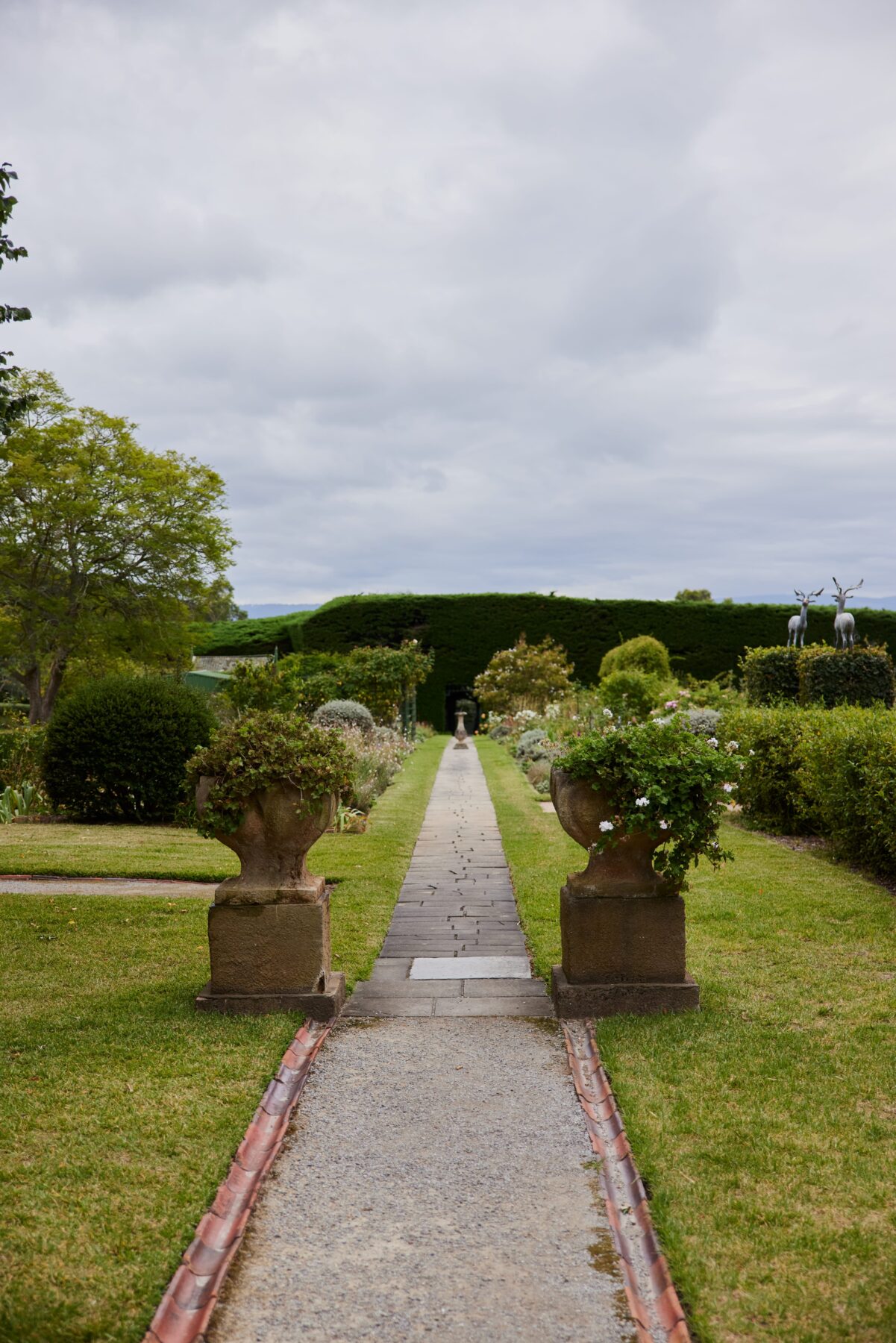
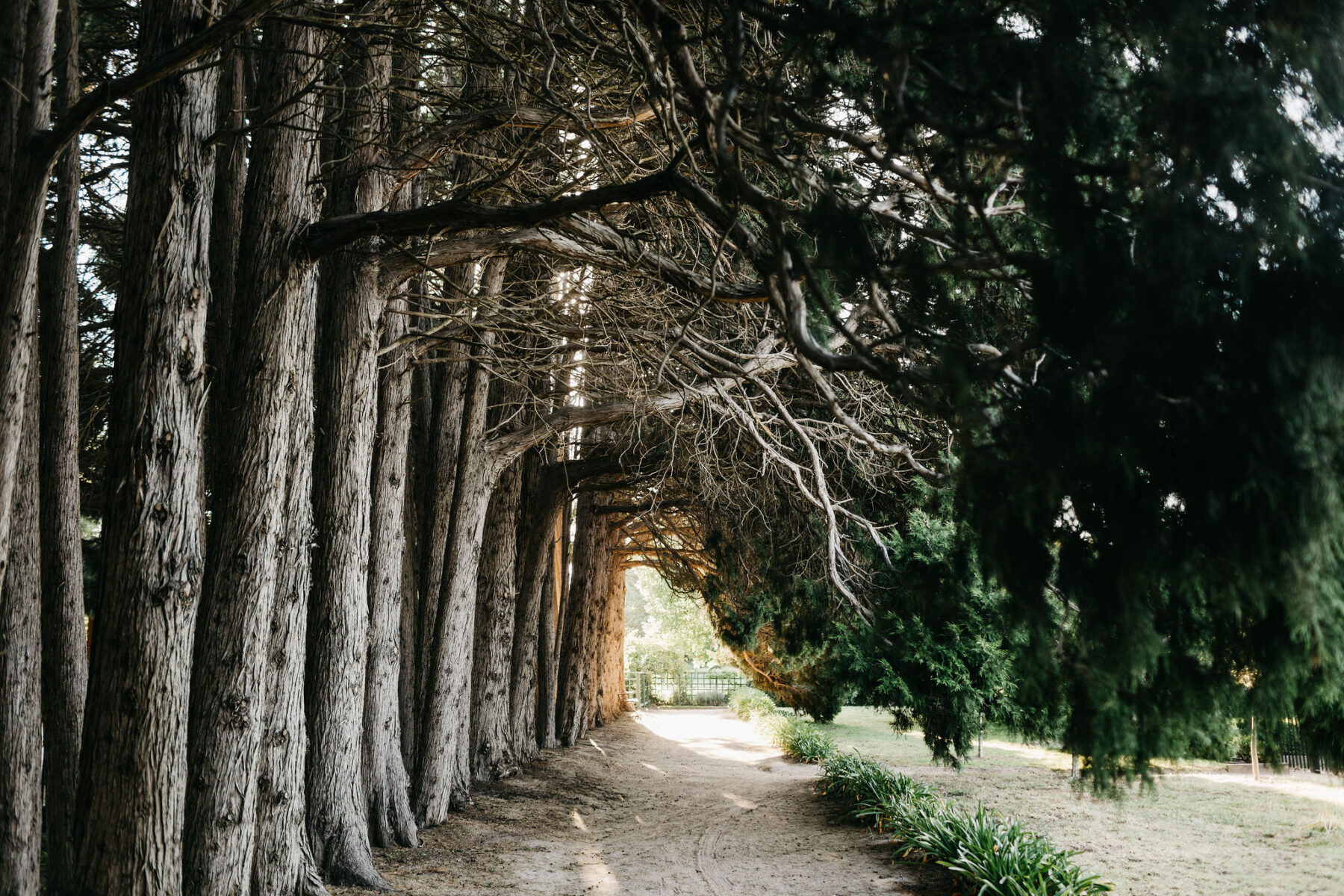
Image credits: Anitra Wells; Guy Dixon/Tourism Australia; Tourism Australia; Anitra Wells
In June 1911, Nellie attended the coronation of King George V and Queen Mary as one of the honoured guests (and a personal friend) and later that year returned to Australia, where she lived at Coombe Cottage – when not performing overseas – with her son George, his wife Evie, and their daughter Pamela.
Coombe Cottage was Nellie’s home for the last 20 years of her life and is a delightful time capsule of that time. With the help of architect John Harry Grainger, father of the composer Percy Grainger, Nellie created an expansive family home with nine bedrooms and six bathrooms.
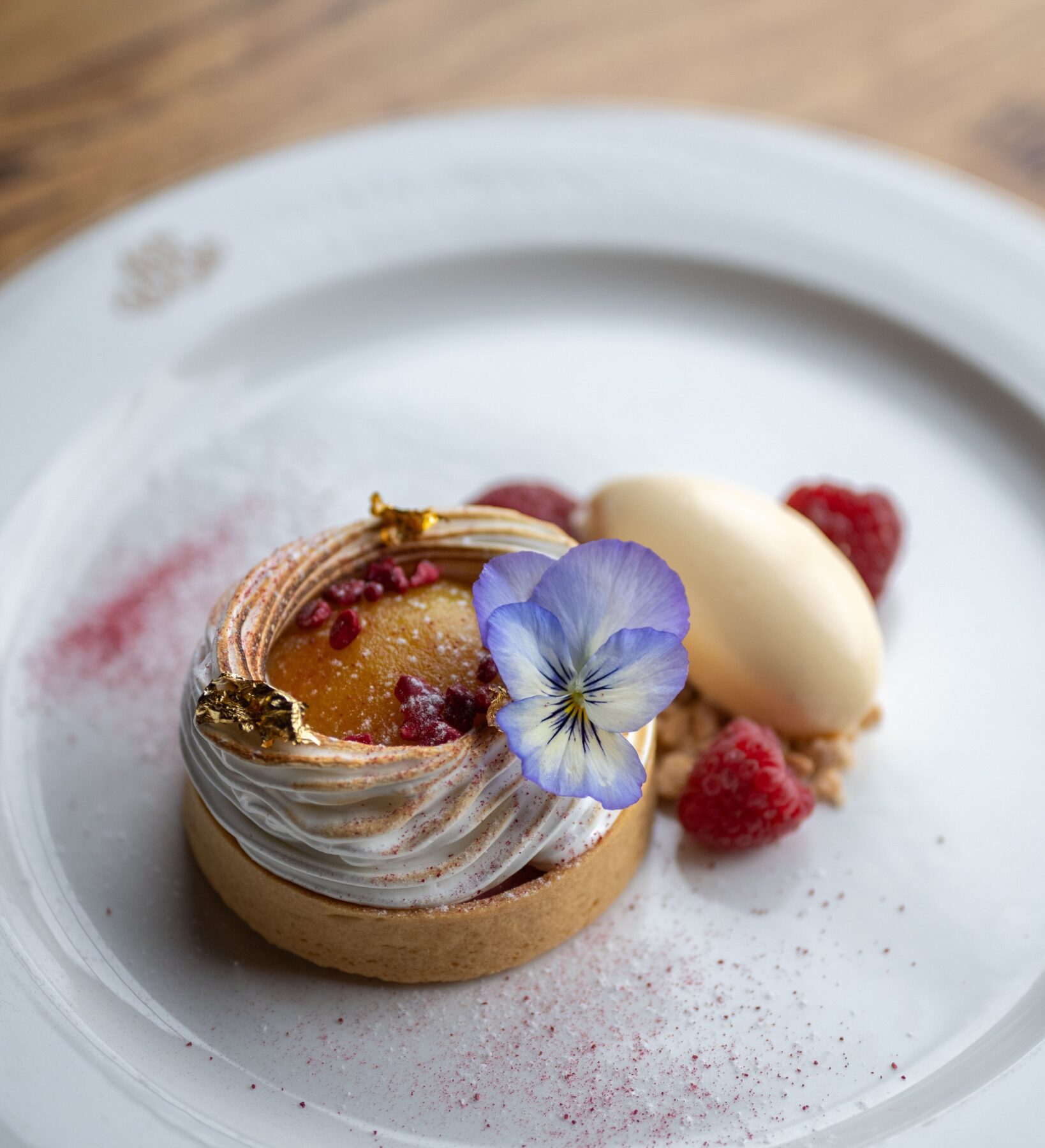
Visitors can see her lavish dining room (with monogrammed linen, crockery and cutlery), library, kitchen, bedroom, and the grand music room where she hosted parties. Nellie’s love for chinoiserie is clearly displayed through porcelain vases and figurines to Chinese robes and Japanese kimonos.
Nellie lived at Coombe Cottage during World War I, when she worked tirelessly to raise money for war charities, hosting knitting parties and other fundraisers at her home. In 1915 she published Melba’s Gift Book of Australian Art and Literature, with contributions by leading Australian artists, poets and writers that raised funds for the Belgian Relief Fund – her thanks to the country that first embraced her talent. The book sales raised £100,000 – the equivalent of about $12 million today.
Nellie also held charity concerts and sold signed memorabilia to help the war effort. For her services, she was made a Dame Commander of the Order of the British Empire in 1918.
During this time, she also established a singing school at the Melbourne Conservatorium of Music in Albert Street, later renamed the Melba Memorial Conservatorium of Music, providing her services free of charge.
‘Farewell, without regret’
Her career was not yet over, but by 1926 she announced her intention to retire from the stage and gave a number of ‘farewell’ performances – leading to the Australian idiom ‘doing a Melba’. Her final Covent Garden performance was in 1926. In 1927, she sang at the opening of Parliament House in Canberra, and was made a Dame Grand Cross of the Order of the British Empire, the first commoner to receive the award. That year, she also became the first Australian to appear on the cover of Time magazine.
Nellie’s final concerts took place in Australia in 1928. By then she had become a cultural icon, featuring on postage stamps, cigarette cards and later, from 1996, on the Australian $100 note. Even those with hazy knowledge of her career may know of peach Melba, the dessert of peaches with raspberry sauce and vanilla ice cream, created in her honour by acclaimed French chef Auguste Escoffier in 1893 at London’s Savoy Hotel. The occasion was the premiere of the Italian opera Pagliacci (The Clowns)– and coincidentally Nellie’s 32nd birthday.
In 1931 Nellie died from septicaemia at St Vincent’s Hospital in Sydney. She was 69 years old. The diva’s final resting place is at Lilydale Lawn Cemetery.
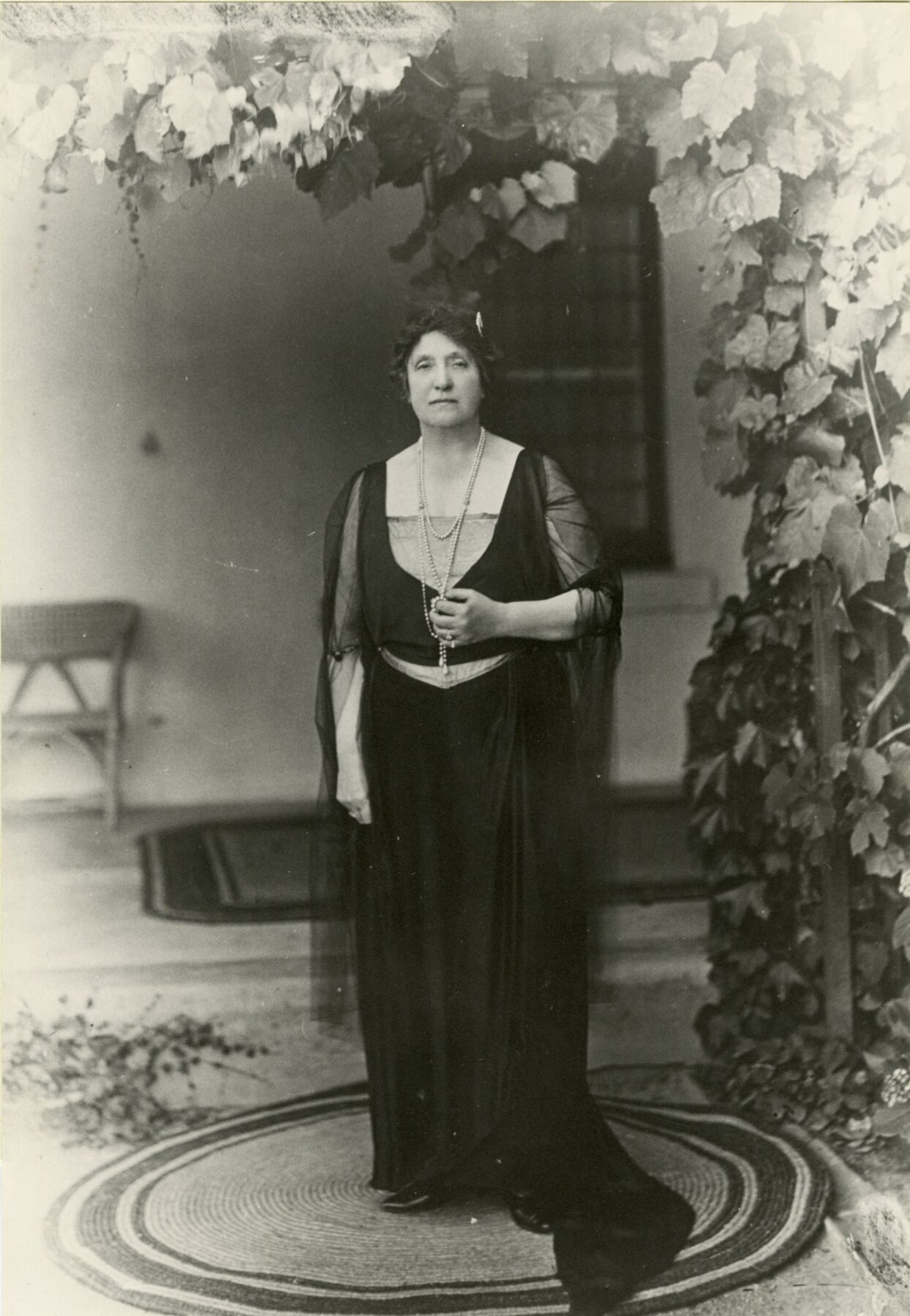
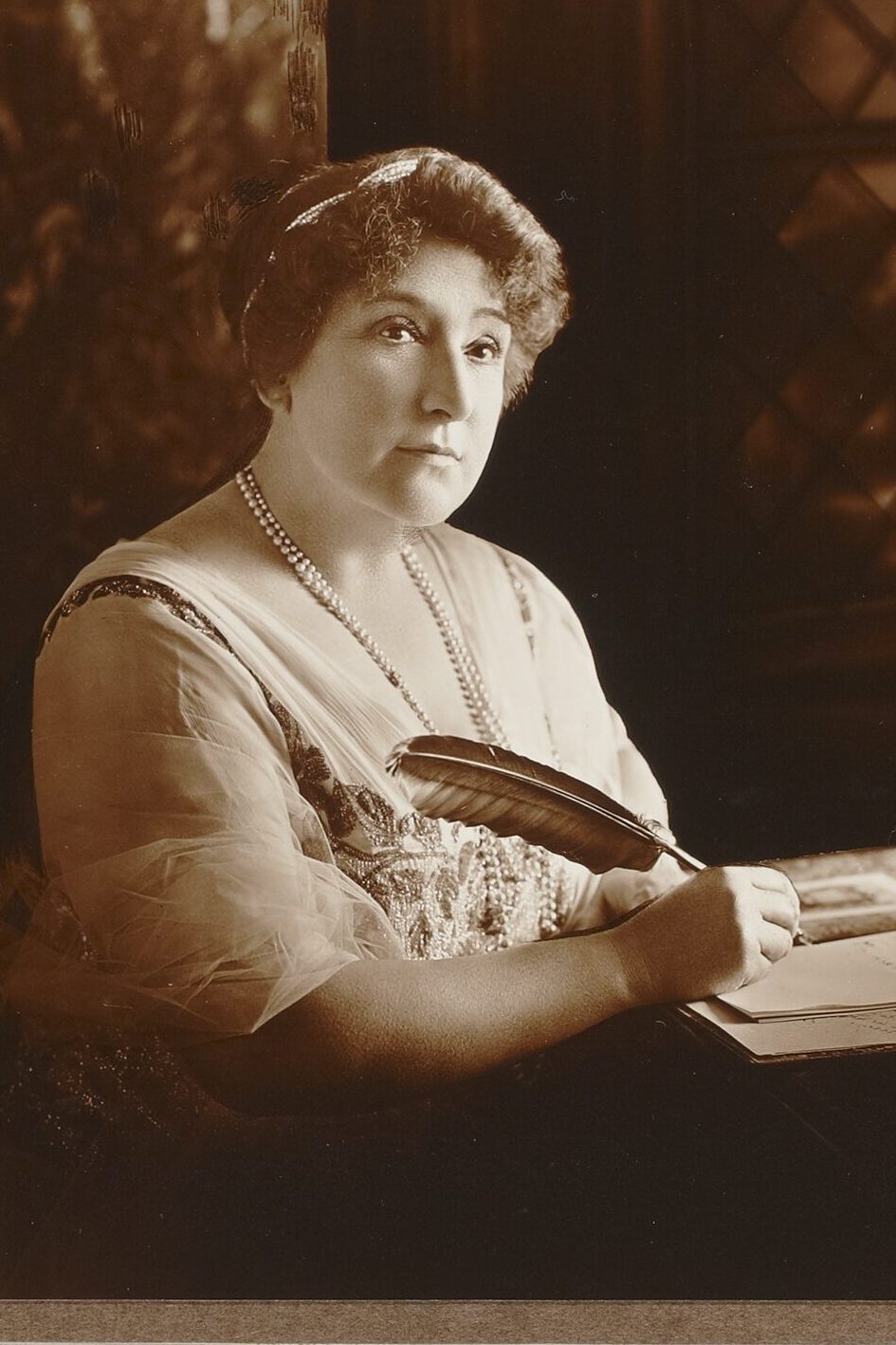
“After her death, Melba lay in state at Scots’ Church Melbourne, before her cortege travelled east to Lilydale,” says Maria McCarthy, president of the Lilydale & District Historical Society. “At the town’s band rotunda her coffin was put onto a horse-drawn carriage for the final journey to the cemetery.”
Nellie’s gravestone is of military style, designed by British war-memorial architect Sir Edwin Lutyens in recognition of her significant contribution to the war effort.
But the diva’s gravestone is dwarfed by the memorial that’s next to it, erected by Nellie in memory of her parents and three of her siblings.
One of Nellie’s most celebrated roles was that of Mimi in Puccini’s La bohème. It seems fitting that etched into her gravestone are the words ‘Addio, senza rancor’ (farewell, without regret), a line from Mimi’s farewell.
Lee Mylne travelled with support from Yarra Ranges Tourism and Coombe Yarra Valley and stayed in the Yarra Valley as a guest of Araluen Lodge, Yarra Glen.
